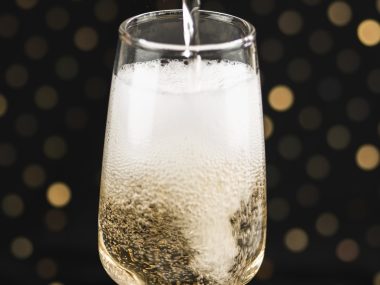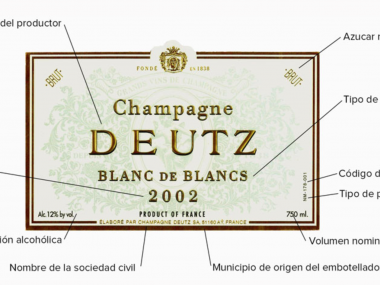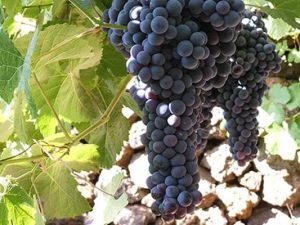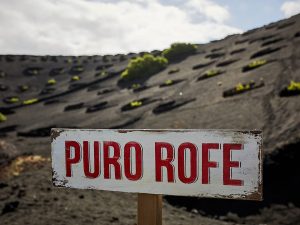Is white wine really white? Is it true that it can only be consumed cold? Are white wine and meat enemies? There are many myths surrounding white wine. Here we separate the chaff from the wheat, so that you can become a true expert on white wine.
White wine is made only from white grapes
A popular belief about white wine is that it can only be made from white grape varieties, which have a yellow to greenish skin color. However, the reality is that there are many white wines that are produced from dark grapes. Depending on the type of grape, the tonality will vary from more crystalline to straw-coloured or amber.
In order to achieve its light color, the key is that, at the time of maceration, the skins of the grapes are prevented from resting with the must, since that is exactly what stains the wine’s juice and gives it a dark color.
White wine should be drunk very cold
This is a maxim that does not always apply. It depends to a great extent on the bottle we have in our hands. While the ideal temperature for lighter white wines is between 7 and 10 degrees, for those that are more mature, and have been in the barrel for some time, it is better to serve them between 10 and 13 degrees, since at this temperature certain aromas can be better appreciated that at a low temperature go unnoticed.
White wine only goes with fish, and never with meat
A common idea is that what best accompanies meat is red wine. The reality is that this is not always the case. White wine not only goes well with fish but, again, depends on the variety. A clear example of this is the Rieslings from Germany, which can go perfectly with any preparation of pork or fatty meats.
The same applies to cheese: don’t be fooled into thinking that only red wine can be a good match for our favourite dairy products. In fact, white wines can go very well with soft and creamy cheeses such as brie, blue cheeses and even cured cheeses, for those wines with aging.
White wine does not have as much presence as red
It depends. Although many of the white wines are characterized by being light, some varieties of grapes can give these wines an important presence. On the other hand, the time spent in the barrel and aging in the bottle can also increase the body of the wine, making it more creamy and structured. Here we find another false belief. Contrary to what many people assume, there are many good white wines with barrel aging.
There is not such a variety of white wines
This is a myth that has no foundation, since the great variety of grapes with which a white wine can be made not only generates a wide range of color varieties, but also of aromas. At the same time, the aging time can also produce more structured wines than light ones.
Finally, the geographical and climatic origin where the harvest takes place is also another factor to consider. Bearing in mind that in Spain each Denomination of Origin has at least one variety of white wine to highlight, the repertoire of possibilities is very rich and diverse.






